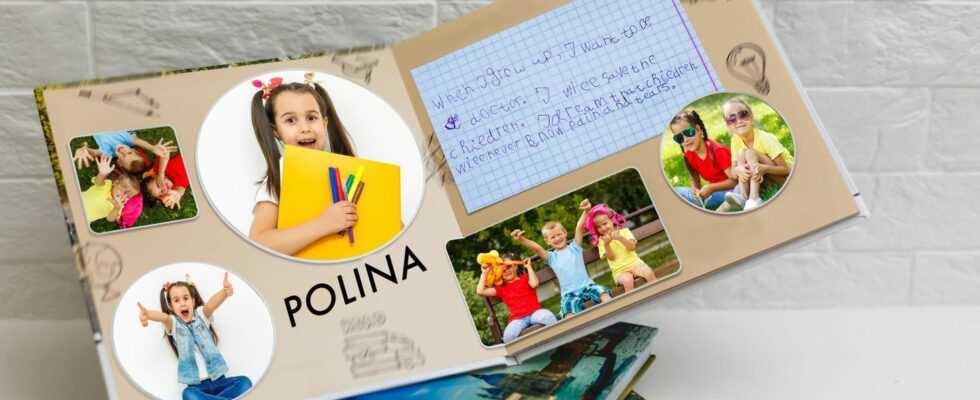study
Nostalgia high
Why we should leaf through old photo albums more often – especially now
© Andrew Angelov / Shutterstock
It’s nice to reminisce and consciously recall the good old days. A new study shows why we can draw on such memories and what triggers them in our brain.
When I’m sad, I often reach for my old photos. I’ve stuck some in photo albums, others are piling up in an incredible number of folders on all kinds of topics on my laptop: Family time is the name of one of them, for example, and others are named after countries I’ve traveled to. Remembering good things we experienced can help us feel better. We laugh at stupid moments, like the first time we opened a wine bottle with a shoe or enjoy the sight of the lush green tea terraces in Indonesia, which calmed us down and made us want to go to the country falling in love. Now it turns out, those little moments of nostalgia, whether from childhood or adult life, can even ease pain, according to a study by the Chinese Academy of Sciences. They serve the brain like a natural drug that has an effect on certain areas of the brain and can help against mild symptoms such as headaches, for example.
Nostalgia works in certain areas
The researchers used brain scans for the study and came to the following conclusion: Positive memories reduce brain activity in regions associated with the perception of pain. “The results show that evoking nostalgia reduced the participants’ pain perception, especially at low pain levels,” explains Professor Huajin Cai from the Chinese Academy of Sciences. The participants were shown 26 nostalgic photos while their brain activity was measured with a functional magnetic resonance imaging In addition to the effect in the brain, the subjects were confronted with different levels of heat intensity on the wrist.
Photos don’t have to be personal
For their investigation, the researchers used universal scenes and objects in a group that stand for happy childhood memories: for example sweets, schoolyard games or a popular cartoon series. In a second group, photos from today’s everyday life were shown. And indeed: With the nostalgic pictures, the participants showed a lower sensitivity to pain at the same heat level than with the more modern pictures. The photos also reduced the activity of two areas in the brain: the lingual gyrus and the parahippocampal gyrus. Both regions play a role in the human perception of pain. So does the thalamus, which is responsible for transmitting the information of the nostalgic images. “The study shows that the thalamus, as the brain region involved in pain regulation, is also associated with the pain-relieving effect of nostalgia,” explains Professor Cai. A new finding for brain researchers. Other studies had also found relief from pain associated with nostalgic memories.
A natural and beautiful method that can provide some relief for some people with mild pain – and thus a pain reliever without medication that we should be self-administering more often. From my own experience, old poetry albums are also highly recommended.
Sources used: Mirror, SciTechDaily
